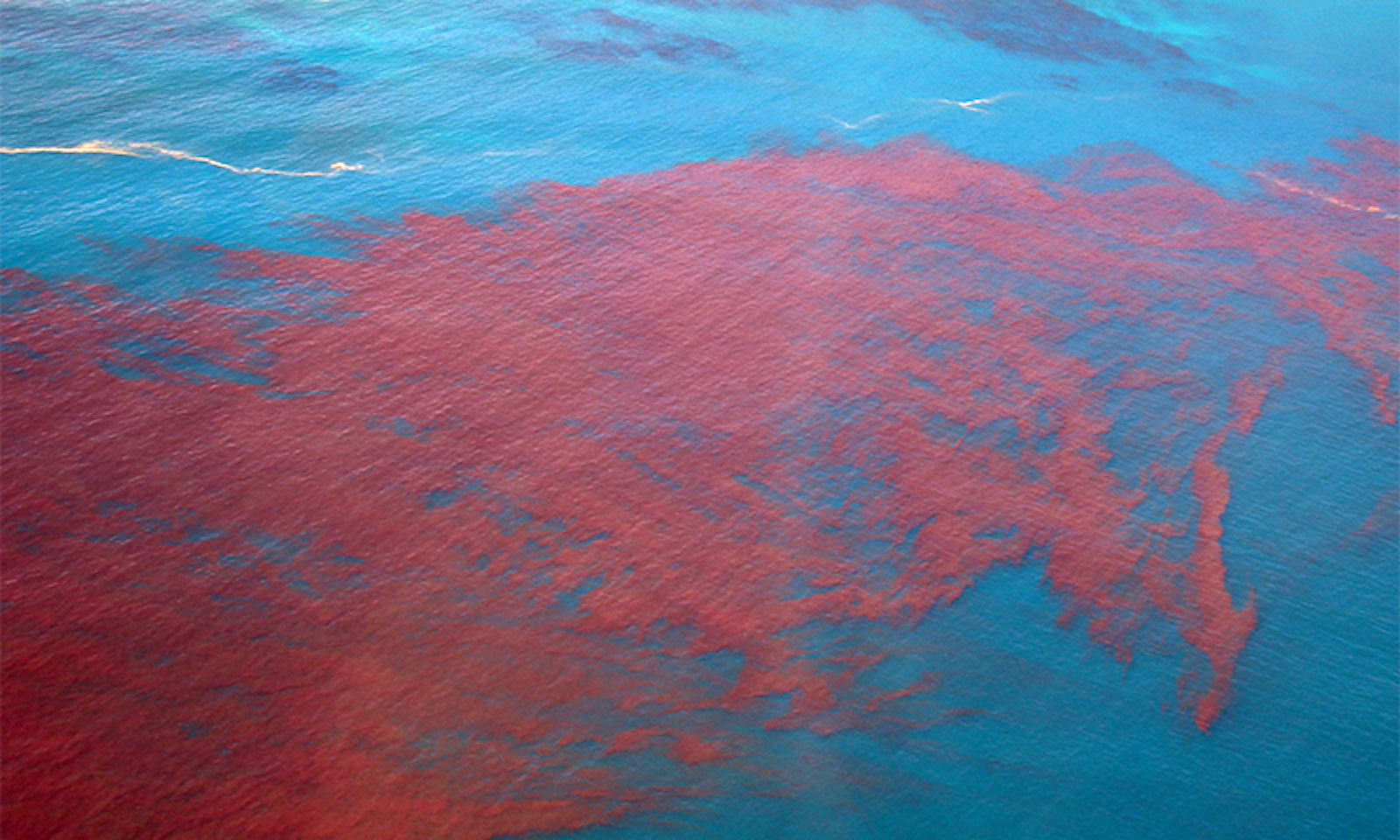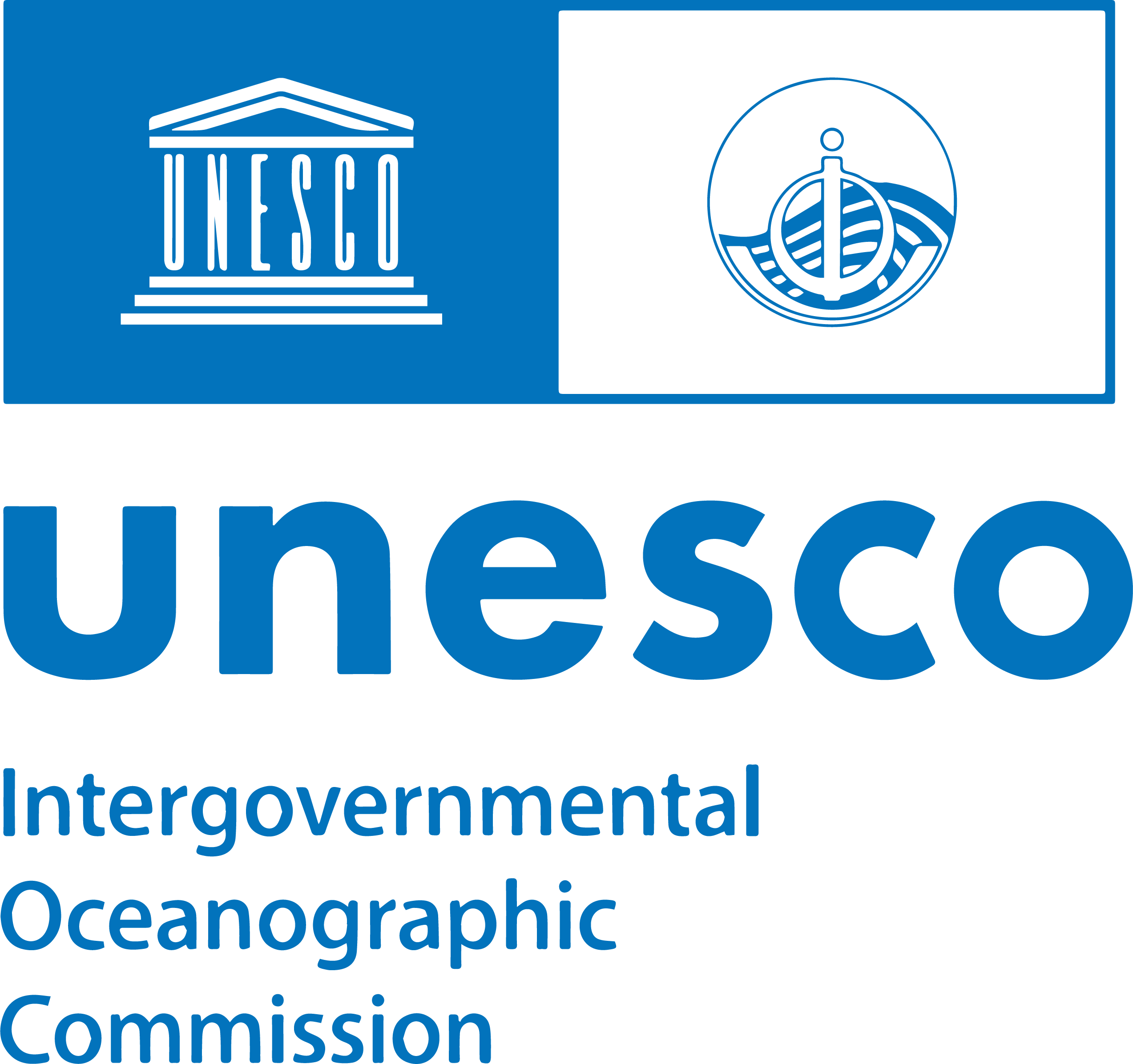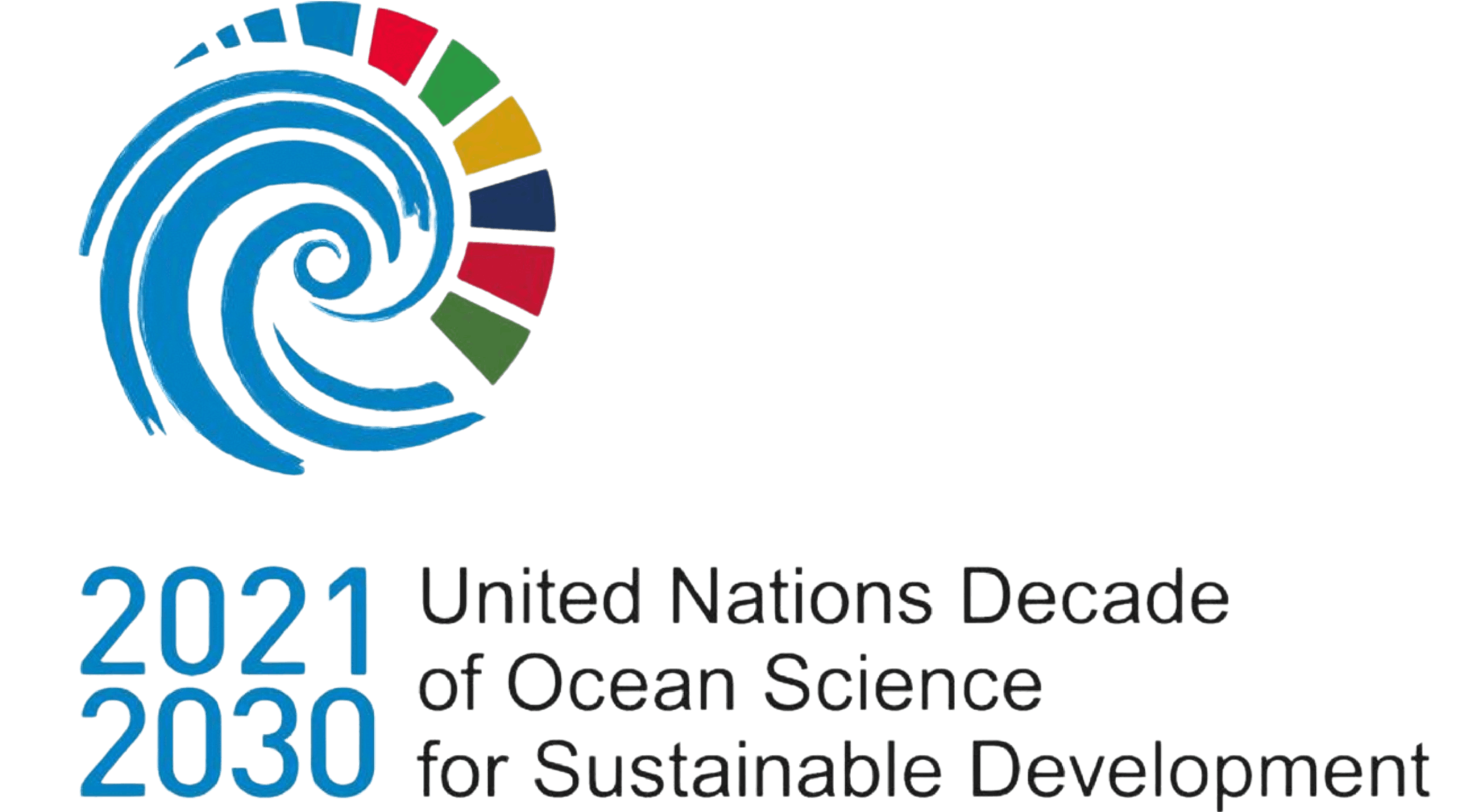At the end of January, Christina Pettan-Brewer’s WhatsApp chats started blowing up. Pettan-Brewer, a wildlife veterinarian at the University of Washington School of Medicine, was born—and earned her first degree—in Brazil, and the messages from scientist acquaintances were all about the Brazilian coast. A “red tide” was underway. The temperature-driven bloom of phytoplankton was staining the beaches of Pernambuco and Alagoas states.
Red tides, which are caused by harmful blooms of algae, are not unknown on the coast of Brazil. In 2022, one stretched for more than 120 miles near Rio de Janeiro and lasted for eight weeks. But the bloom this year was unusually intense: More than 500 people sought medical care for symptoms, including vomiting and skin irritation, caused by the algae’s toxins.
Are there truly more marine diseases now than in the past?
To Pettan-Brewer and her professional circle, the episode was the latest evidence of a trend they have worried about for years. The health of the ocean, they say, is failing. As human activities—including climate change—stress marine ecosystems, pathogens are surging out of balance and new diseases are emerging. And though researchers have become accustomed to viewing terrestrial disease emergence through a “One Health” lens, treating the environment, other animals, and humans as one interconnected system, they have only recently started to look at the ocean this way.
“The world is not thinking about the ocean,” Pettan-Brewer says. “Except for people who live on the coasts or work there, the ocean is largely out of view.”
That is changing. In 2022, Pettan-Brewer and other scientists gathered at Kiel University in Germany for the second International Ocean Health Symposium. (The first such conference, held in December 2020 in Monaco, was undercut by the COVID-19 pandemic.) Out of that meeting emerged an international project, Beyond One Ocean Health, based at Kiel University and supported by the United Nations Ocean Decade initiative, that is studying whether marine diseases are increasing in frequency and severity.
The collaborators in this new research suspect that the ocean is becoming not just unusually stressed—witness the hot-tub temperatures recorded in Florida coastal waters last year—but also newly vulnerable to disease, as demonstrated in outbreaks that affect species from mammals to shellfish to corals; in mass die-offs and species disappearances; and in population explosions such as that red tide bloom.
But that proposition remains to be empirically demonstrated. Are there truly more marine diseases now than in the past? Or might people in an increasingly crowded, connected world simply be more aware of them?
The health of the ocean, they say, is failing.
A challenge for the researchers is determining when disease outbreaks are doing the predictable work of promoting ecosystem resilience and function. Trematode parasites, for instance, help regulate populations of fish and shellfish, helping prevent any one species from overproliferating and destabilizing their community. “A healthy ecosystem may need disease as a control mechanism,” says Marie-Catherine Riekhof, an economist and director of Kiel’s Center for Ocean and Society.
Still, the number and variety of disease events recorded in recent decades suggest that more than predictable self-regulation is going on. Twenty years ago, researchers at Cornell University and the University of California, Santa Barbara surveyed the scientific literature for reports of disease outbreaks in marine plants and animals; after adjusting for more studies being published than in the past, they concluded that diseases had increased in turtles, corals, mammals, urchins, and molluscs since 1970. (They also found that diseases had decreased in fishes—but speculated that might be because, thanks to overfishing, there were simply fewer of them.)
Since that time, extensive disease outbreaks have been recorded in marine mammals, including Toxoplasma gondii (an organism carried by domestic cats) in whales and avian influenza killing sea lions. At least 67 bacterial diseases have been blamed for reducing harvests of wild and cultivated salmon and other farmed seafoods. Multiple diseases of corals, including those that led to severe bleaching, have been recorded in warming waters. Even infections in marine plants are reshaping ecosystems, such as an epidemic that halved local populations of eelgrass in waters off the Pacific Northwest coast.
Those outbreaks mirror the rise of infectious diseases on land over the same time period, arising as people encroach on wild places, degrade habitats, and keep domesticated animals close to wildlife. Marine events are similarly fueled by human activities.
Fertilizers, pesticides, sewage, pharmaceuticals, industrial waste, and microplastics all end up in the ocean, creating conditions favorable to the spread of disease. Ships release ballast water—and the organisms in it—into ecosystems far from the ships’ origins. The rise of aquaculture, which frequently involves the long-distance transport of finfish and shellfish, destabilizes ecosystems by also transporting those species’ parasites to new ranges. At-sea aquaculture pens, overcrowded with highly stressed fish, are incubators for pathogens, and the antibiotics fed to farmed fish to control diseases may disrupt local bacterial populations as well as increasing antibiotic-resistant infections in predators such as seabirds. And some work has shown that, as populations are overfished, parasite populations also shift, becoming predominated by opportunistic generalists capable of attacking many species.
What worries scientists even more is what they cannot observe.
These impacts are amplified by the effects of a changing climate, from rising water temperatures, to increases in acidity and changes in ocean salinity, to the physical effects of storms and cyclones reshaping near-shore and underwater geography. Warming waters create new disease threats for humans too, as when three people died in New York and Connecticut last year from infections with Vibrio vulnificus, an ocean pathogen that previously had not circulated that far north.
Such outbreaks, deaths, and ecosystem changes are known because they were detected. What worries scientists even more is what they cannot observe.
Identifying the movement of pathogens in the open ocean and measuring their impact on free-living organisms is extraordinarily difficult. Reliably detecting them would require creating new forecasting models and surveillance systems to predict their movement, as well as diagnostic tools that could be deployed when disease emergence is suspected. Those would be expensive to develop and use—but unless societies address their multiple disease-promoting effects on the ocean, they may be the most expedient response to the spread of disease.
“The ocean has been so poorly observed,” says Anya Waite, a biological oceanographer who heads the Ocean Frontier Institute at Dalhousie University in Nova Scotia. The decades during which the One Health model excluded the ocean, though it covers most of Earth’s surface and contains the majority of its phyla, have left ocean science behind—not just in perceiving how human activities affect marine life, but also in how those impacts are changing over time. What would seem to be basic concepts—what pathogens are present, how they move through the ocean, whether specific hot spots for infection exist or are shifting—remain to be explored.
Reframing the One Health concept to include the ocean could change that. “Diseases are part of many other types of impacts to the environment,” says Kevin Lafferty, a marine ecologist with the United States Geological Survey and University of California, Santa Barbara. “We need to study them on equal footing with things like overfishing and pollution.” ![]()
Lead photo: Alfred Rowan / Shutterstock


































